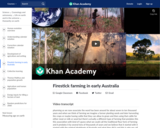
How the indigenous Australians used fire to change their environment. Created by Sal Khan.
- Subject:
- Astronomy
- Physical Science
- Material Type:
- Lesson
- Provider:
- Khan Academy
- Provider Set:
- Khan Academy
- Author:
- Sal Khan
- Date Added:
- 08/25/2011

How the indigenous Australians used fire to change their environment. Created by Sal Khan.
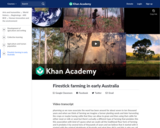
How the indigenous Australians used fire to change their environment. Created by Sal Khan.
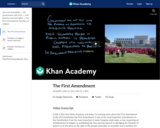
A deep dive into the First Amendment, which guarantees US citizens freedom of religion, speech, press, and assembly. In this video, Kim discusses the First Amendment with scholars Erwin Chemerinsky and Michael McConnell.
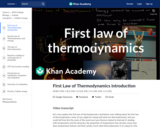
Energy cannot be created or destroyed. It can only be transferred or converted from one form to another.
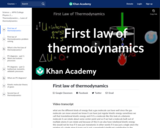
Overview of the first law of thermodynamics.
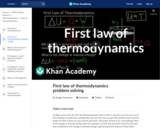
Worked example of the first law of thermodynamics.
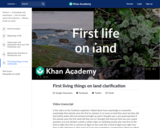
First living things on land clarification (This video copyrighted under Create Commons Attribution and Share-Alike CC-BY-SA license). Created by Sal Khan.
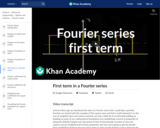
The first term in a Fourier series is the average value (DC value) of the function being approximated. Created by Sal Khan.
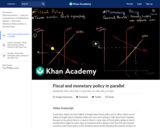
In previous lessons we've learned how expansionary monetary policy and expansionary fiscal policy can be used to mitigate a recession, but they don't have to be used in isolation from each other. Often there is simultaneous use of fiscal and monetary policy. Learn what happens when they are used at the same time in this video.
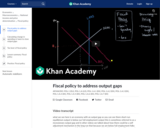
Fiscal policy can be used to close output gaps. Fiscal policy means using either taxes or government spending to stabilize the economy. Expansionary fiscal policy can close recessionary gaps (using either decreased taxes or increased spending) and contractionary fiscal policy can close inflationary gaps (using either increased taxes or decreased spending).
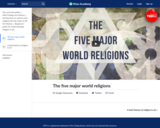
It's perfectly human to grapple with questions, like 'Where do we come from?' and 'How do I live a life of meaning?' These existential questions are central to the five major world religions -- and that's not all that connects these faiths. John Bellaimey explains the intertwined histories and cultures of Hinduism, Judaism, Buddhism, Christianity and Islam. Lesson by John Bellaimey, animation by TED-Ed.
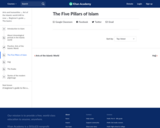
Almost as soon as the Arab armies of Islam conquered new lands, they began erecting mosques and palaces and commissioning other works of art as expressions of their faith and culture. Many aspects of religious practice in Islam also emerged and were codified. The religious practice of Islam, which literally means "to submit to God", is based on tenets that are known as the Five Pillars, arkan, to which all members of the Islamic community, Umma, should adhere.
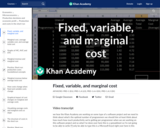
Explore how to think about average fixed, variable, and marginal costs, and how to calculate them, using a firm's production function and costs in this video. Created by Sal Khan.
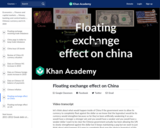
Floating Exchange Effect on China. Created by Sal Khan.
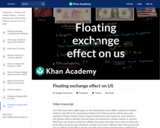
Floating Exchange Effect on US. Created by Sal Khan.
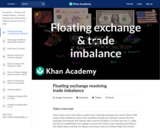
Floating Exchange Resolving Trade Imbalance. Created by Sal Khan.
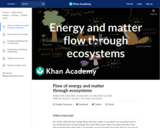
See how energy flows and matter is recycled in ecosystems.
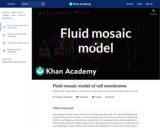
The fluid mosaic model describes the cell membrane as a tapestry of several types of molecules (phospholipids, cholesterols, and proteins) that are constantly moving. This movement helps the cell membrane maintain its role as a barrier between the inside and outside of the cell environments.

Introduction and intuition for flux and magnetic flux.
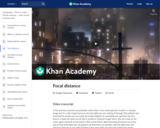
What happens if we change the distance between our aperture and image plane?